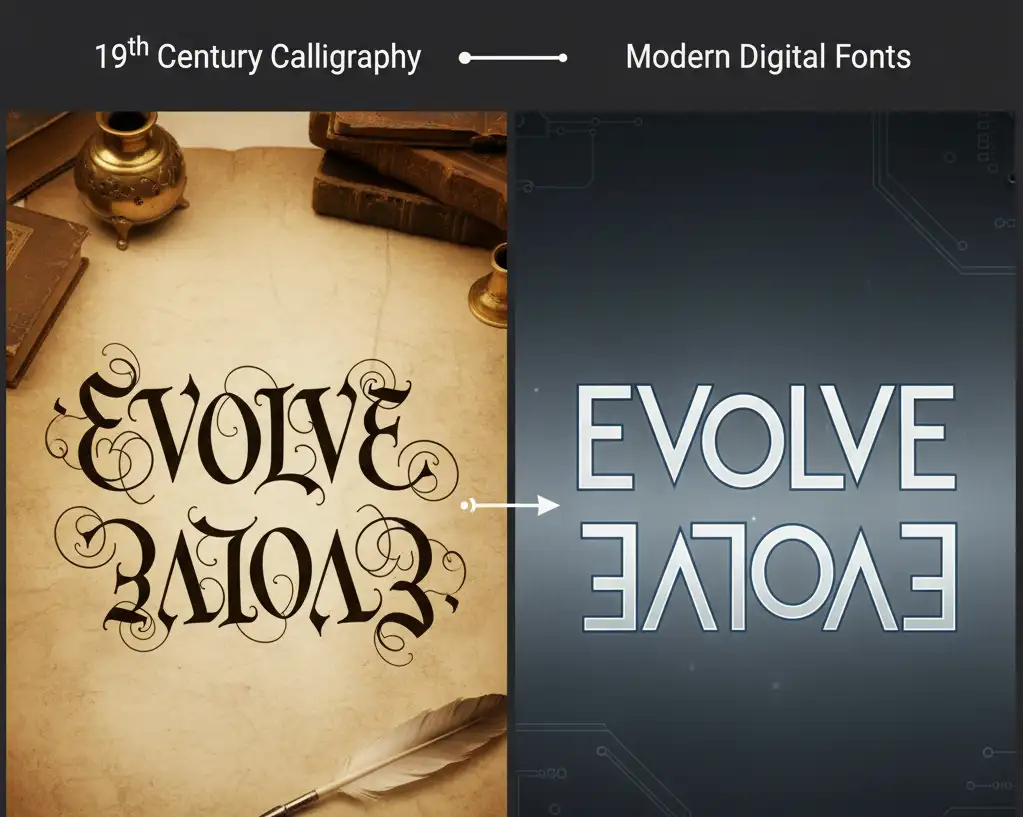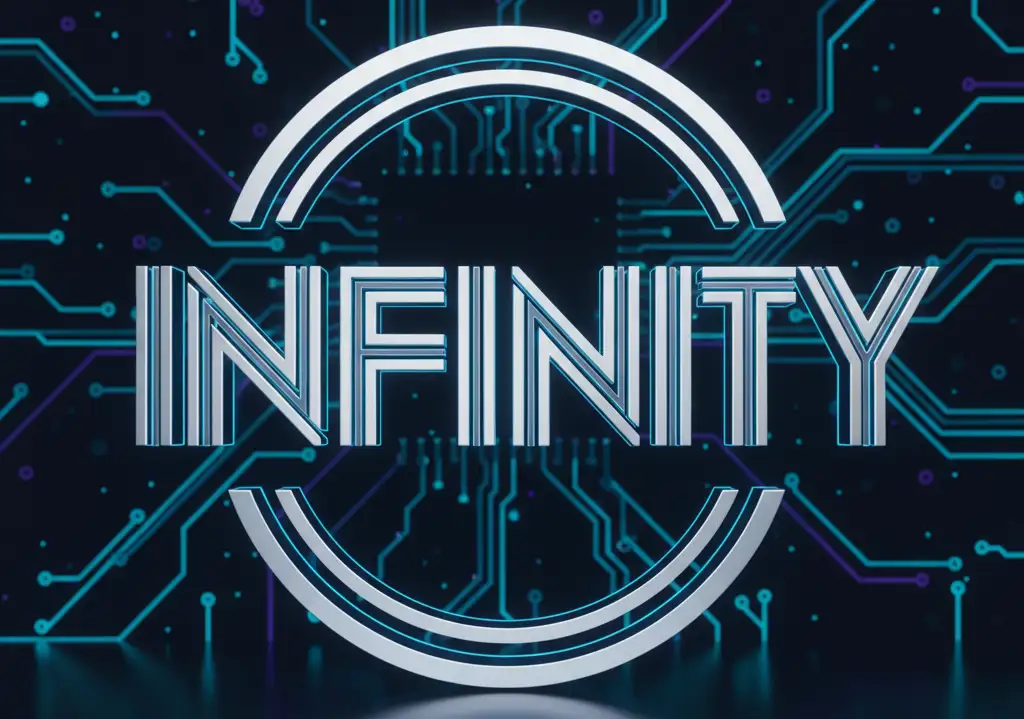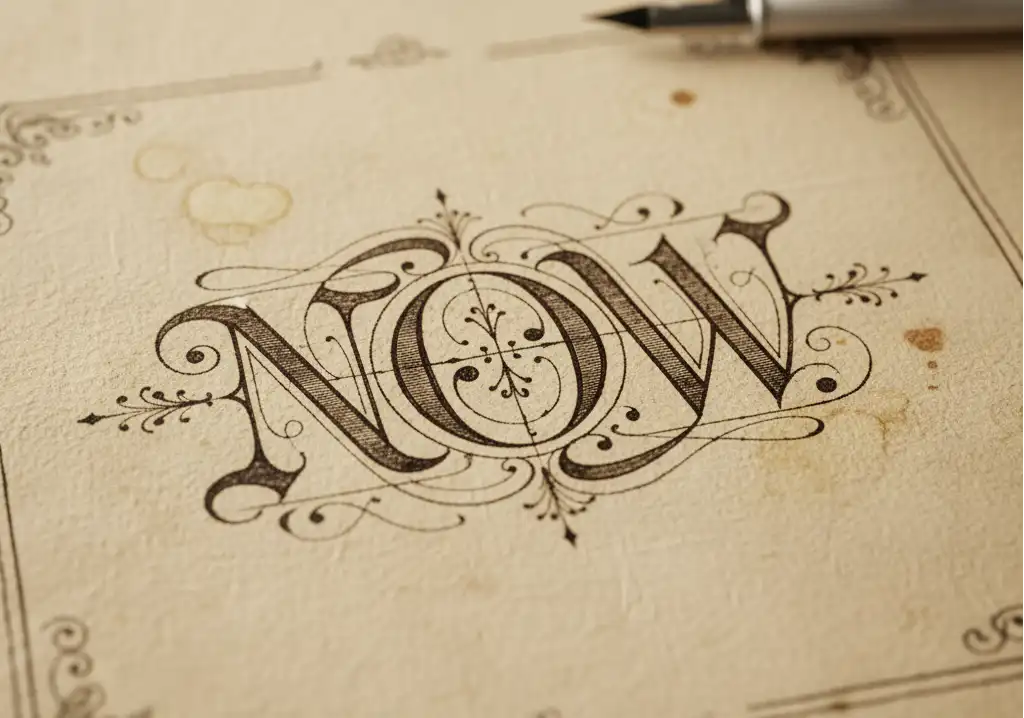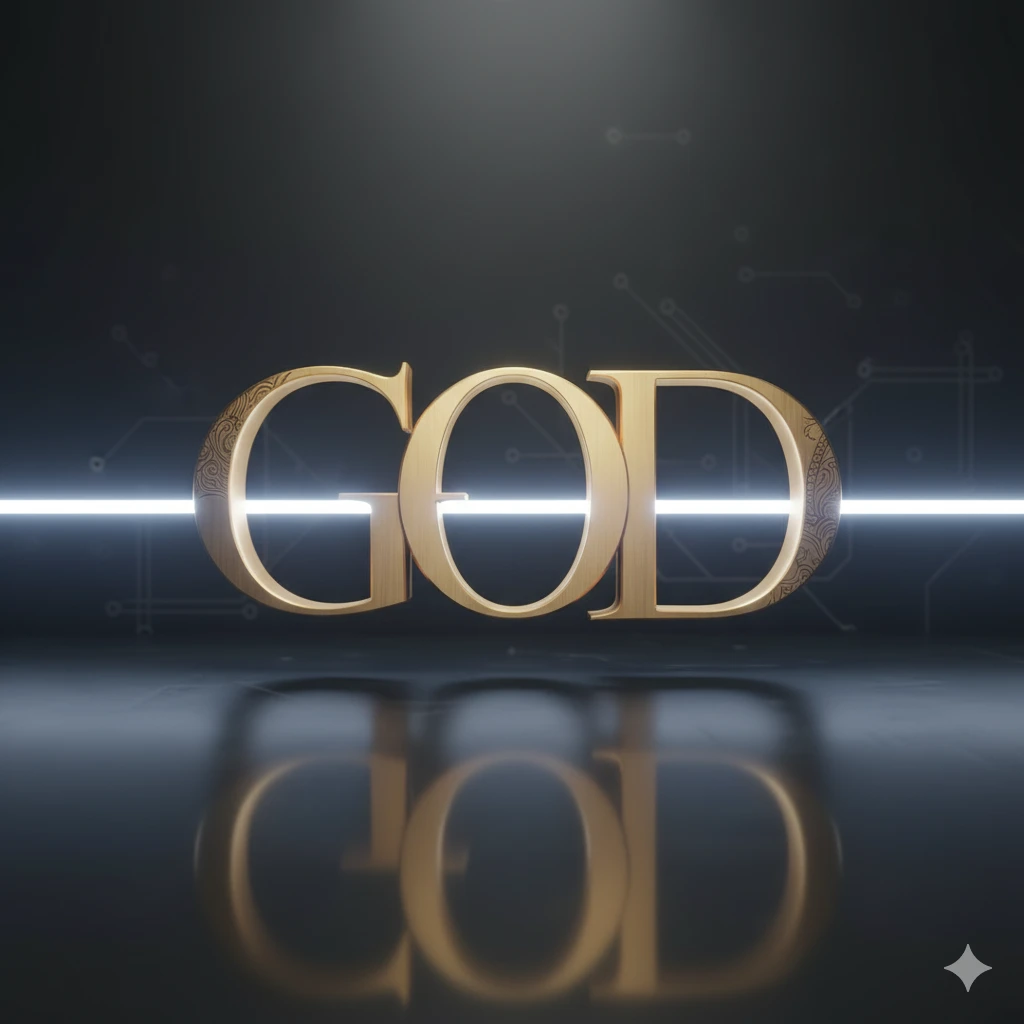Defining the Ambigram: The Art of Perception
Simply put, an ambigram is a typographical design that maintains meaning, or transforms into a new meaning, when viewed from a different direction, perspective, or orientation. The core concepts of *what is an ambigram* date back centuries, but the term itself was only coined in the 20th century by Douglas Hofstadter.
The essence of the design lies in exploiting the geometric possibilities within a typeface. It’s not just reflection; it's a structural transformation of every single character, most commonly seen in the rotational ambigram type.
The Main Classifications of Ambigram Art
While many types exist, nearly all ambigram designs fall into two major categories:
- Rotational Ambigrams (The Gold Standard): The design is legible when rotated $180^\circ$. This is the most popular form, demanding the highest precision from a generator.
- Mirror-Image (Reflectional) Ambigrams: The design is legible when reflected in a mirror.
- Perceptual Shift Ambigrams: The word changes identity when viewed differently, even without rotation (e.g., 'FIGURE' changing to 'GROUND').
A Journey Through Ambigram History
The ambigram history is a fascinating trail. While modern designers claim the title, the concept of reversible calligraphy appeared in ancient cultures, notably in the Islamic world and early Christian symbolism. Early examples in English date back to the 19th century.

The Digital Revolution and Modern Ambigrams
The true democratization of the ambigram came with computing power. Hand-drawing a perfect rotational symmetry could take hours; now, algorithms execute the structural analysis instantly, allowing tools like ours to perform the complex vector calculations.
// Rotational Symmetry Logic (Conceptual)
// The core rule governing a perfect rotational ambigram:
// If a word is 6 characters long, the 1st char must pair with the 6th (when rotated).
// The 2nd char pairs with the 5th, and so on.
function check_rotational_symmetry(word, angle=180) {
if (word.length % 2 !== 0) {
// Requires special handling for the center character.
}
// ... matrix rotation and vector matching logic proceeds ...
}

Expert Insight: The Mathematical Rigor
For newcomers asking, "What is an ambigram, really?", the answer is constraint. Creating an eight-letter rotational design is exponentially harder than a five-letter design. The key is in the pairing: every letter must transform into its paired counterpart. If the first two letters are 'E' and 'R' (E must rotate to R, and R must rotate to E), the constraints often become visually irreconcilable without highly abstract design choices.

Understanding this history is essential, but creation is the final step.
Ready to Transform Words into Art?
Don't spend hours trying to hand-draw a perfect rotational ambigram. Use our state-of-the-art, [Free Ambigram Generator Tool] to instantly create and download your designs for study, tattoos, or art projects.
Start Creating Your Ambigram Now!

Conclusion: From Theory to Ambigram Art
The journey from ancient reversible script to the instantaneous design capabilities of our platform demonstrates the enduring power of the ambigram. This art form continues to evolve, driven by modern algorithms and designers seeking perfect symmetry. To truly master ambigram art, you must bridge the gap between historical theory and digital execution.
Ready to apply this knowledge and create your first piece of reversible art?
